Hot Orange isn’t high on the list of trout colors, so it’s only natural you suspect I’m up to something gaudy. Not the case, us Impressionists are freed of the narrow confines of caddis larvae and Giant Stone dry flies and recognize Orange isn’t really Orange if you don’t want it to be …
I’m still smarting from the “Polyester Sink Strainer” episode, wherein I subjected the kitchen to hideous odors and obscene colors, just to garner a couple of new halo colors to try.
Being a fan of the “Chaos Theory” of fly coloration, and believing that Mother Nature’s bugs are never a uniform coloration – and there’s always an inherent mottle effect besides the very obvious color difference between belly and back.
Angling books love to describe the “ … mayfly tumbling in the current” representation of nymphing, which I don’t subscribe to either. Throw a cat off the garage roof and he lands on his feet, ditto for dogs and in-laws, so invertebrates likely tumble briefly to regain balance, then swim like hell for safety, or the surface.
Colors can dampen as well as provide highlight or halo effects. My earlier example of adding neutral gray squirrel to yarn blends shows the “dampening” effect of gray, how it can take the bright edge off of the yarn dander and make it an earth tone of the original.
Highlights and halos are often wildly different colors added to dubbing to offer a flash or hint of color to the fly. A bit of boldness on the choice of accent can yield some surprising effects.
Like Hot Orange becoming muted and obvious and all at the same time.

Above are two examples of marrying odd colors together to seem much less so. Black and Hot Orange Angelina, and Black mixed with the Grannom Green. (Original colors shown here)
The bright portion of both has been overwhelmed by the surrounding black, and Hot Orange is now coppery colored, and most of the green has vanished.
My war on monochromatic is well documented. I have a goodly supply of the time-honored traditional colors, but most of the unique flies I use each season are a mixture of effects – but almost always polychromatic.
Which isn’t saying much, as any guide can tell you of the client that scoffs at the flies offered him, loudly proclaiming, “I catch all my fish on an Adams” – and if that’s the only thing the gentlemen uses, it becomes a self fulfilling prophecy.
Real differences in flies can only detected when pals are present. Count the number of outstretched palms, and figure you’re onto something.
Impressionists aren’t limited to flights of fancy, despite our being able to list a hundred great uses for Claret. We can use the scientific method when it suits us – or succumb to the inner child as we deem fit.
Glance at a natural then immediately glance away. What color was it?
Likely you’ll say brown, or dark, or olive-black – you’ll retain a distinct impression of the predominant color and identify it. Flip the bug on its belly and do the same thing. Now it’s tan, or olive, or another color, Mother Nature always provides a light belly and dark back.
The back color is your base – and make the belly color the halo. It’s quite possible that fish on an intercept may get a glimpse of both – and a foraging fish that’s uprooted the insect from instream vegetation or the bottom will see the tumbling variant – guaranteeing both.
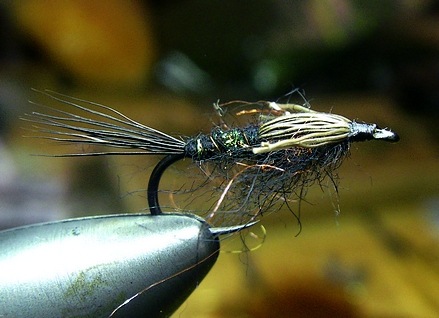
Above is the traditional AP Black tied with the mixed black/green on the body, and mixed black/hot orange for the thorax. Those Angelina fibers that are visible are quite muted, but also very obvious.
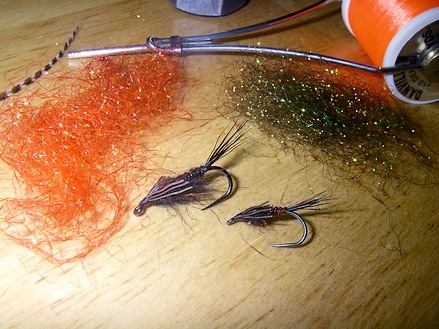
Moving the perspective a couple inches further away and we’d call both flies … black.
Fish vision and perception are still hotly debated topics, far above our pay grade. What I do recognize is that most artificials are largely stiff compared to the wild gyrations of real insects – and anything I can add that implies motion is as good as the motion itself.
… and Science be Damned, the real fun is in spattering the canvas with Puce, Mauve, and Day Glo yellow, as it upsets conventional bug theory and masks the fact I’ve never been much good at painting within lines …
Tags: Soft Crimp Angelina, AP Black nymph, dubbing highlights, halo dubbing, fish vision, Chaos Theory, Impressionism, evangelical fly tyer

 It’s a daunting project that Project Gutenberg & Google has undertaken, scanning all the books in the world and making them available online. It’s not without incident considering they already incurred
It’s a daunting project that Project Gutenberg & Google has undertaken, scanning all the books in the world and making them available online. It’s not without incident considering they already incurred 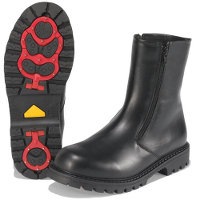
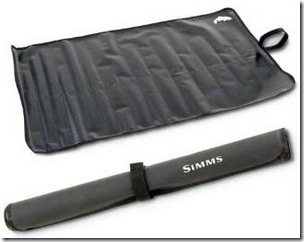
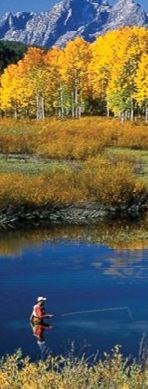
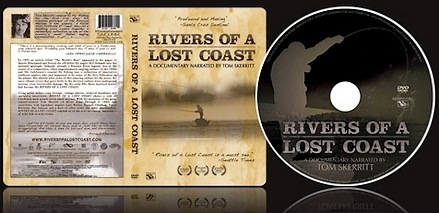
 There’s a certain contentment knowing coarse fish will be around to confuse and entertain future generations of fly fishermen. They’ll be speaking with the same awe of “Silver’s”, “Grass”, and “Common’s” that we’ve reserved for Brown, Brook, and Rainbow.
There’s a certain contentment knowing coarse fish will be around to confuse and entertain future generations of fly fishermen. They’ll be speaking with the same awe of “Silver’s”, “Grass”, and “Common’s” that we’ve reserved for Brown, Brook, and Rainbow.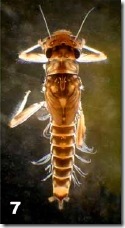 All those Catskill dries will have long vanished into antiquity, replaced by the Savior of the Tainted Water, the
All those Catskill dries will have long vanished into antiquity, replaced by the Savior of the Tainted Water, the 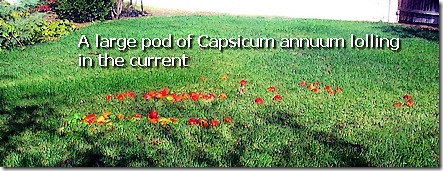
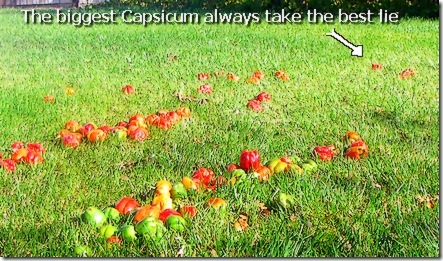
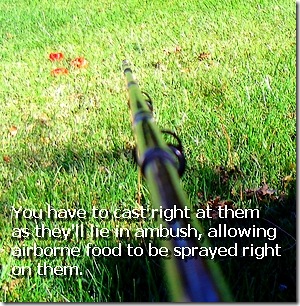 I caught this gaggle of “Red’s” growing flaccid in the sunlight – approaching them directly and casting right at the alpha bell itself …
I caught this gaggle of “Red’s” growing flaccid in the sunlight – approaching them directly and casting right at the alpha bell itself …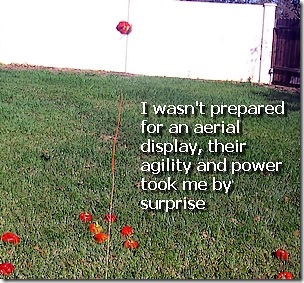
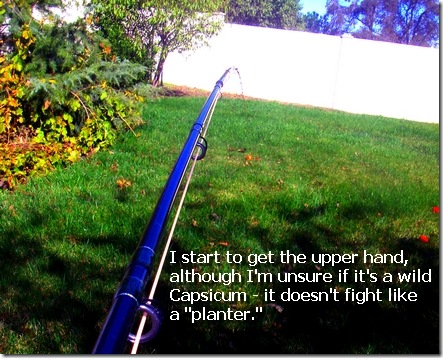
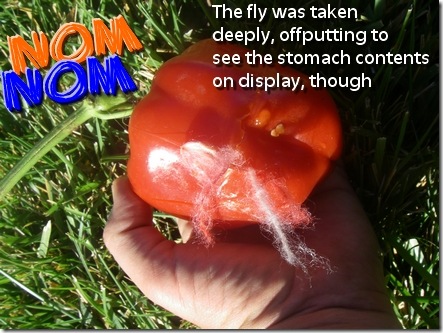
 Act nonchalant as you change out your fins for the
Act nonchalant as you change out your fins for the  You can only wrap graphite or mount cork on a cylinder in so many ways. Once you’ve run through the gamut of blank colors, off setting trim, and hook keepers, why not mimic Microsoft and start adding stuff no one asked for?
You can only wrap graphite or mount cork on a cylinder in so many ways. Once you’ve run through the gamut of blank colors, off setting trim, and hook keepers, why not mimic Microsoft and start adding stuff no one asked for?